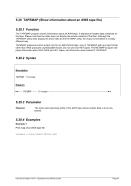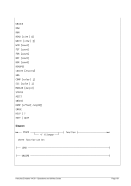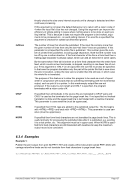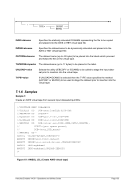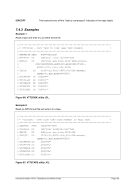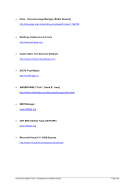sys1.imagelib xmit /cdrom/os360/reslibs/imagelib.xmi
sysctlg cvol trk 1 0 0 ps f 256 256 8
sysvtoc vtoc trk 5
sys1.logrec dip trk 1 0 0
sys1.nucleus xmit /cdrom/os360/reslibs/nucleus.xmi cyl
sys1.svclib xmit /cdrom/os360/reslibs/svclib.xmi cyl
sys1.sysjobqe empty cyl 2 0 0 da f 176 176 0
sys1.dump empty cyl 10 0 0 ps u 0 3625 0
Example 2:
Create a compressed 3390-3 volume in a file called LINUX.500 containing a bootable linux system for
Linux/390 installation using the control file LINUX PRM with message level 5.
DASDLOAD -z LINUX.PRM LINUX.500 5
The corresponding control file LINUX.PRM looks like the following:
#
# Build a bootable linux disk
# [Note: the dataset names (sys1.linux. ...) are hard-coded in
# linuxipl.obj and cannot be changed without rebuilding it]
#
linux 3390-3 * linuxipl.obj
sys1.linux.parmfile SEQ images/redhat.prm trk 1 0 0 ps fb 1024 1024
sys1.linux.tapeipl.ikr SEQ images/kernel.img trk 200 0 0 ps fb 1024 1024
sys1.linux.initrd SEQ images/initrd.img trk 200 0 0 ps fb 1024 1024
5.11.6 Sample Utility Output
Sample 1:
Create a 3390 model 3 in a compressed file called TST001.A80 containing 3 libraries (which have been
downloaded from CBT tape as XMIT files) using the control file TST001.DAT with message level 1.
The control file TST001.DAT looks like follows:
TST001 3390-3 *
SYS2.RACF.UTIL XMIT D:\MVS\DASD\CBT728.XMI
SYS2.BATCH.CNTL XMIT D:\MVS\DASD\CBT357.XMI
SYS2.PL1.SAMPLES XMIT D:\MVS\DASD\CBT316.XMI




























































































